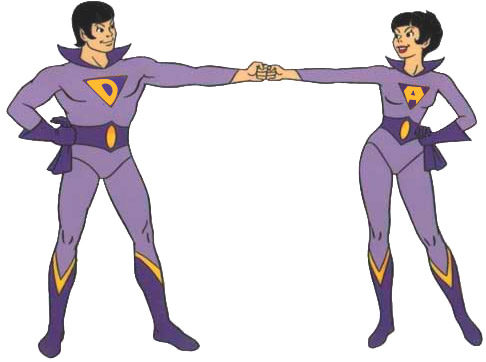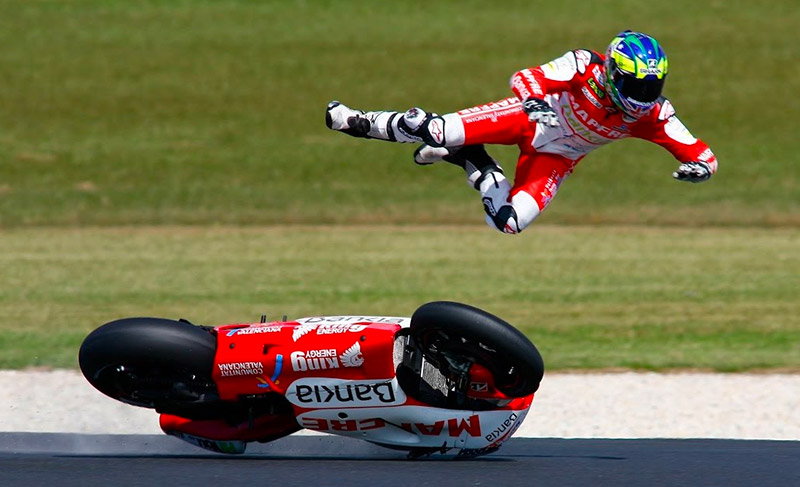Cultivating Design Maturity on Shifting Ground

Until very recently, we Homo Sapiens knew only horizontal times when sweeping changes took many generations to unfold. In the 21st century our times are going dramatically vertical. New technologies and innovations are compounding and combining to produce a landscape of exponential change. The ground is shifting under our feet. As we approach Q2 of this century, the dizzying pace with which new opportunities and perils emerge has many of us off balance.
“The future is coming up in just a second and it will be mostly different than you expected.”
– William Gibson
Progressive organizations are keenly aware that this tsunami of change is commoditizing their products, processes, and tools more quickly with each passing year quarter month day. These industrial age assets no longer hold the competitive advantages they once did, not for long anyway, so we must go in search of new post-industrial frontiers.
These frontiers of innovation have moved well beyond the comfort zones of most MBAs, data scientists, developers, and even many who identify as designers. To paraphrase Seth Godin, The safety zone has moved well outside our comfort zone.
Wonder Twin Powers… Activate!

Many of us are responding to these new realities by hurriedly transforming our companies into “learning organizations” run on 1) data and 2) agile methodologies — what I like to call the Wonder Twins.
Today’s prevailing thinking states that as the Wonder Twins whittle cycles of iteration down to the data-driven bone and we tune our organizations machines to listen more attentively and respond more rapidly, innovation or at least meaningful competitive advantages will emerge.
Not So Fast

These ever-tightening cycles of iteration can trick us into thinking our decisions are temporal and easily reversed, that each failure lesson can be folded back into tomorrow’s iteration with minimal cost. There’s some truth to this and it seems wise on the surface. The reality, however, is that these decisions often carry much higher consequences than we like to admit. Treating our products like experiments means treating our customers like neurotic lab rats whose cheese is constantly being moved. This is the opposite of customer-centricity.
Terms like update fatigue, A-B dissonance, and change abandonment are making their way into the vocabulary of analysts, managers, and marketers as they begin to count the cost of turning our businesses over to the Wonder Twins. Clearly, something has been missing in our approach.
Another important cost that is going largely uncounted is the cost of incrementalism. As cycles of iteration shorten, individual changes (hopefully improvements) inherently become smaller. It turns out that, contrary to popular belief, 1+1+1+1+1 does not equal 5. It equals a somewhat annoying procession of ones. Each timid, experimental change we make is felt by our customers more as an annoyance than as significant value worthy of their attention and engagement.
What Do You Mean by Design, Exactly?

Alongside data-fueled agile methodologies, design thinking has quickly gained traction because this powerful set of disciplines helps us truly understand our customers while boosting the creativity and thoughtfulness of the things we create. However, unlike the Wonder Twins, design thinking is a slippery term with different definitions among different people and organizations.
According to Wikipedia, design thinking can be summarized as “the cognitive, strategic and practical processes by which design concepts (proposals for new products, buildings, machines, etc.) are developed by designers and/or design teams.”
Some businesses hire graphic designers and content designers to ensure brand consistency across products and communications. Others hire UX designers who focus on understanding customers and making individual products usable, useful, and delightful for them. Still others recognize the power of design to contribute at a much more fundamental, strategic level.
The Danish Design Center developed a useful model called The Design Ladder to illustrate the levels at which design thinking can add value to organizations. This model contains four levels or steps along a continuum of design maturity.
- Step one they call Non-Design where design may be applied in individual, operational instances but is not applied in a systematic way within an organization.
- Step two is Design as Form-Giving in which design is used tactically and somewhat superficially as the styling or “look and feel” of products and services.
- Step three is Design as Process where design is deeply integrated into the conception and realization of an organization’s products and services. It is at this level that design begins to function as a useful stabilizing force to balance the Wonder Twins’ superpower of rapid, data-driven change.
- Step 4 is Design as Strategy. At this level, design is practiced not only at the product and service level but much more holistically, at the structural level of the business itself. At this level, design adds nuance, breadth, durability, and context to the very foundations of an organization or other, larger system.
Paving The Road to Design Maturity

The higher up the design maturity ladder an organization climbs, the farther it is able to “see.” By evolving beyond short-sighted, industrial age metrics and instead designing models that account for the system-level human and environmental costs of our activities, entire new vistas of opportunity open up.
Patagonia is often cited as an example of a progressive, principled enterprise that has cracked the code of “doing well by doing good.” but Patagonia’s leaders didn’t iterate their way to this position using the Wonder Twins, they got there by courageously doubling down on their principles and designing the foundations of their business around them.
If you’re part of a startup, especially one founded or cofounded by a designer, you don’t need to pave the road to design maturity. You only need to embrace design at the core of your business strategy then give it the resources it needs to permeate everything that springs from that strategy. Your company will begin life on the top rung of the design maturity ladder and having design baked into an organization’s DNA from the start pays massive dividends.
If you’re an established business, you probably do have some road work ahead of you but it’s usually not as difficult as people think. First, get a clear-eyed assessment of where you are on the design maturity ladder. If your culture is skeptical about adopting design thinking, gently remind your colleagues that design isn’t a mystical practice with unquantifiable value. Design represents a fast and economical way to generate and pre-refine ideas and decisions to ensure that the Wonder Twins are always doing their highest value work.
“Use an eraser on the drafting table, not a sledgehammer on the construction site.”
– Frank Lloyd Wright
Cultivate design maturity within your organization because it represents the most thoughtful, innovative, and promising path forward onto the shifting ground of our century.
Another Smart Perspective
The brilliant Debbie Levitt recently wrote this article highlighting potential problems with design maturity models and providing thoughtful reasons for not using them to democratize design thinking methods within your cross-functional organization. Critical thinking FTW!